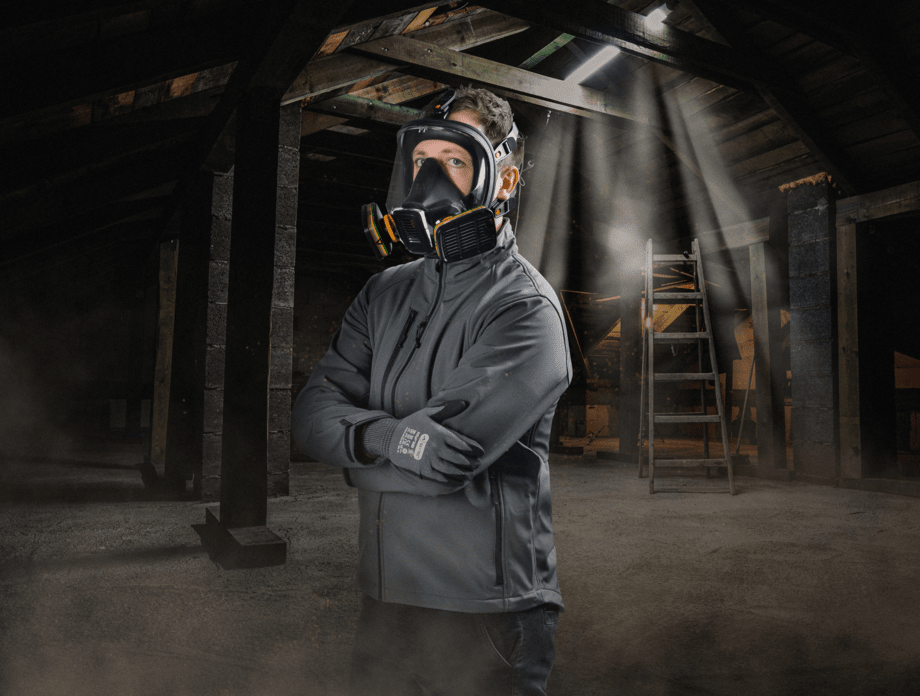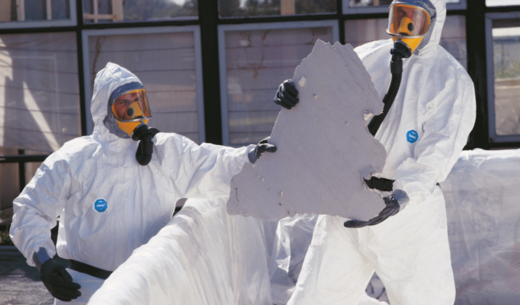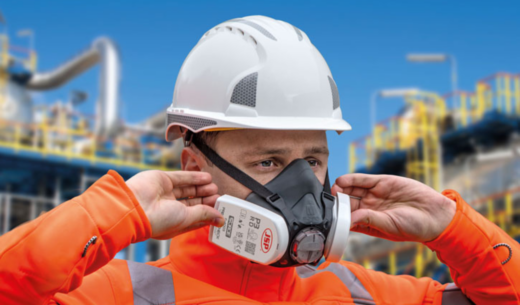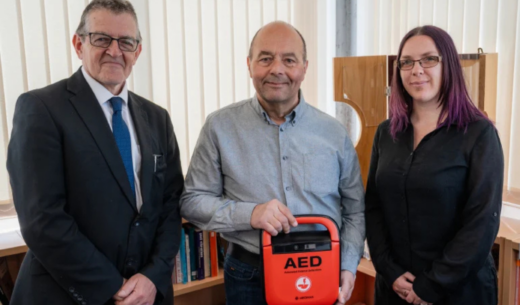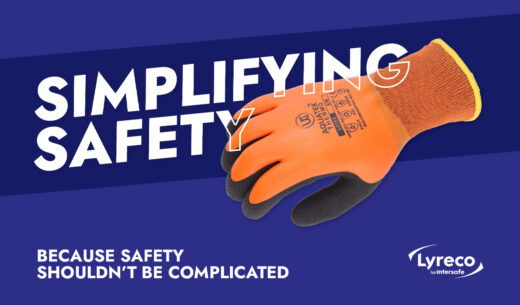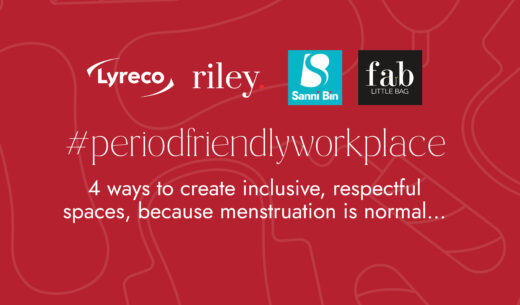Tight-fitting Respiratory Protection Equipment: Ensuring Proper Fit and Protection
Understanding the intricacies of tight-fitting RPE (Respiratory Protective Equipment) is essential for ensuring optimal protection in hazardous environments. While it might be tempting to assume that any mask provides adequate protection against airborne hazards, the reality is more nuanced. A crucial factor in the efficacy of RPE is its ability to fit tightly to the wearer’s face, thereby preventing the ingress of harmful particles. Let’s delve deeper into the importance of proper fit and the measures taken to achieve it.
The Dynamics of Tight-Fitting RPE
At first glance, it might seem that any mask acts as a barrier against hazardous particles. However, the effectiveness of a mask lies not just in its presence but in its fit. Air, being primarily composed of gases, follows the path of least resistance. In a poorly fitted mask, it’s easier for air to enter through gaps in the face seal than to pass through the filtration media. Thus, the concept of “tight-fitting” RPE is pivotal. Whether it’s disposable dust masks (FFP masks), half masks, or full face masks, these respirators rely on creating a tight seal between the mask body and the wearer’s face to filter inhaled air effectively. A properly fitted facepiece ensures that air is drawn only through the filters, providing the intended level of protection against airborne hazards.
The Significance of Size
One size does not fit all when it comes to RPE. Each individual has a unique facial structure, and the mask must fit snugly to achieve an effective seal. Respirators are available in various sizes to accommodate different facial dimensions. However, historically, respirator sizing was based on data collected from the US military during the mid-20th century. Recognizing the limitations of this data in representing modern RPE users, a comprehensive anthropometric survey was conducted in 2007. This survey collected data for 18 facial dimensions from a diverse sample group, leading to the designation of five headform sizes outlined in the international standard ISO 16976-2. These sizes enable manufacturers to design respirators that fit a wider range of users effectively, thereby enhancing protection in diverse work environments.
Fit Testing: Ensuring a Secure Seal
Fit testing is a critical component of RPE use. It evaluates the fit of a specific model and size of respirator on an individual wearer, ensuring that a proper seal is achieved. Fit testing should be conducted upon initial selection of a respirator and repeated regularly thereafter. Qualitative and quantitative testing methods are employed to assess the mask’s fit objectively, providing assurance of its effectiveness in real-world scenarios. Additionally, a fit check should be performed each time the respirator is worn, ensuring that it’s donned and adjusted correctly before entering hazardous areas.
Considerations and Compatibility
Facial hair and stubble can compromise the effectiveness of tight-fitting RPE by creating gaps around the face seal. Therefore, wearers are advised to be clean-shaven around the face seal to optimize protection. Furthermore, compatibility with other equipment is crucial. When wearing a respirator with additional PPE, such as goggles or safety spectacles, compatibility is necessary to avoid compromising protection. Fit testing should include all the PPE worn during work to ensure compatibility and effectiveness.
Selecting the right size and undergoing fit testing are crucial steps in ensuring that tight-fitting RPE provides the necessary protection against airborne hazards. The integration of anthropometric data into respirator design enhances the availability of sizes that cater to the diverse population of modern RPE users. By prioritizing proper fit and compatibility with other equipment, individuals can maximize their safety in hazardous environments, thereby mitigating potential risks to their health and well-being.

